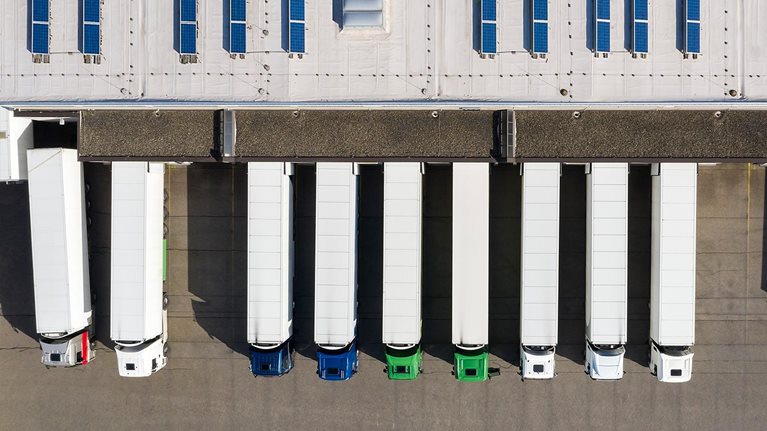Inflation is on the rise as scarcity and frictions drive up the cost of energy, steel, and lumber. The postpandemic rebound and large public infrastructure packages are driving up wages. These factors put particularly high stress on the infrastructure ecosystem, an industry already marked by low productivity growth and costs that are outpacing inflation.
Even as these challenges play out—and notwithstanding a potential turndown due to the invasion of Ukraine and monetary tightening—the industry also faces a once-in-a-millennium long-term opportunity. The net-zero-emissions transition adds $3.5 trillion a year to investment budgets, a sizable part of which will need to be delivered through the infrastructure supply chain. Jobs abound in regions such as the United States, where the Bipartisan Infrastructure Law is working with surging investments to restore advanced supply chains and to unleash massive amounts of funding.
In this environment, three priorities stand out:
- attracting, skilling, and retaining the workforce needed to deliver
- enabling this workforce to increase productivity, including via technology
- raising the material supply chain’s resilience and innovation
The construction sector’s greatest asset has always been in its people: solving problems, adapting to daily uncertainty, making complex decisions, and doing it all while working with teams of multiple companies operating under layers of contracts. The industry’s talent model— for craft trades and project management alike—is rooted in the mindset that, because every project is unique, skills are built through decades of experience with, for example, observing variations in supply chain behavior, craft labor performance, equipment reliability, permitting, and weather delays.

Voices on Infrastructure: Building resilient infrastructure supply chains
But acknowledging the industry’s legacy strengths also highlights the stark challenge ahead. How does an industry that relies on gradual, long-term learning grow its workforce by 30 percent in the next decade? Leaders should invest heavily in capturing the best knowledge from existing workers and combining it with technology to train the new workforce. In an industry that has primarily built its skills by aggregating practical experience over decades, leaders must now apprentice, develop, and retain leaders who don’t fit this traditional mold.
In addition to developing new talent, the industry must also enable its existing workforce to boost productivity by being intentional about reducing the degree of variation and uncertainty between projects. This includes investing in technology that truly mitigates rework, deploying modular and prefabrication techniques at scale, and forming more collaborative contracts.
The infrastructure sector also needs to strengthen its resilience, including by diversifying material suppliers and subcontractors, innovating materials, and revisiting contractual structures. Crucially, leaders will need to rethink their capital strategies to incorporate sustainability up-front, leverage advanced analytics, and rely more on asset-based ecosystems than individual project models. Combined, these steps can help form a more resilient, reliable construction supply chain that a new generation of talent can successfully navigate.
Our June 2022 edition begins with an explanation of the 21st Century’s first large investment wave and its implications for capital strategies. We then outline a potential framework for resolving the labor gap—a key priority for organizational resilience—and feature two views from the industry on culture and digital innovation. Finally, we round out by looking at what it will take to build the next generation of industry workers to deliver the net-zero portfolio. We hope you find this issue of Voices insightful, and we look forward to your thoughts.
